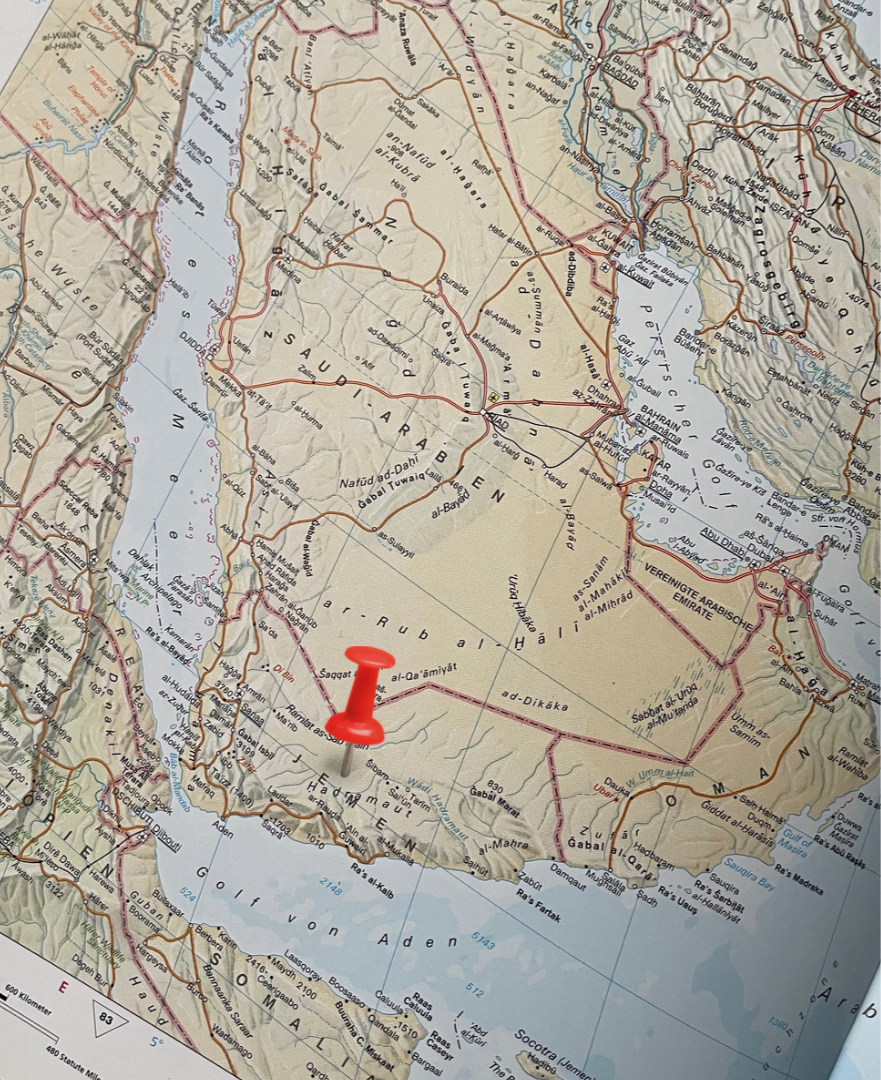Yemen: The forgotten conflict
- Project ELPIDA
- Mar 29, 2023
- 2 min read
For the past eight years, Yemen has been engulfed in a bitter civil war that has largely gone unnoticed by the rest of the world. With almost 400,000 dead, millions of people displaced, spreading diseases and a population suffering from hunger, the United Nations classifies the situation in the Gulf of Aden as the most serious humanitarian crisis of the present. An overview of a forgotten disaster.

Yemen's strategic location in trade between Europe, Asia, and Africa has made it a target of imperialist interests of various powers, including the Ottomans, British, and Egyptians. Yemen was divided into North and South Yemen in the 20th century and reunited in 1990, with Ali Abdullah Salih becoming the president of the newly founded «People's Democratic Republic of Yemen» until the Arab Spring in 2011.
The Failed Revolution
In early 2011, Yemen was swept up in the wave of the Arab Spring, with demonstrations erupting against President Saleh's prolonged rule. The security forces responded with brutal violence, leading to almost a year of protests. Eventually, on 23 November 2011, a historic agreement was reached, calling for Saleh's resignation within 30 days.
However, the subsequent elections failed to stabilize the country and instead led to a complex and prolonged conflict that has resulted in the loss of hundreds of thousands of lives since 2014.
Erupting Old Conflicts
The Huthi rebels, a Shiite group, had been in conflict with the Sunni central government for years before taking advantage of the instability following Mansur Hadi's election after the protests. The group seized control of the capital city of Sanaa and other crucial cities in the North, subsequently expanding their control over large parts of Yemen, including vital ports on the Red Sea.
What initially began as a regional conflict quickly escalated into a proxy war between Iran, which supports the Huthis, and a military coalition led by Saudi Arabia. The coalition, made up mainly of Sunni-ruled Arab states, aims to fight the Huthis and restore power to the internationally recognized government.
In addition to the ongoing fighting, Yemen has also been struck by natural disasters, including droughts and floods, exacerbating the already dire humanitarian crisis in the country.
Large-scale refugee movements
The dire humanitarian crisis in Yemen is considered one of the most severe in the world by the United Nations. The country's population of approximately 33 million is facing the brunt of a multifaceted conflict, leaving almost 22 million in ongoing need of humanitarian assistance, with children accounting for about 13 million of those affected. The unstable economic climate in Yemen has worsened the situation, with a shortage of basic necessities such as food, water, fuel, and medical care exacerbating the crisis. Destruction of infrastructure, including hospitals and schools, has only intensified the humanitarian emergency.
Violence has displaced over 4.5 million people within the country, many of whom are living in makeshift camps without access to adequate humanitarian aid. Others have fled to neighbouring countries like Saudi Arabia, Oman, Egypt, Sudan, and Djibouti in search of refuge. However, a growing number of Yemeni refugees are making the arduous journey to Europe to seek asylum, with around 4.2 percent of incoming refugees in Greece such as from Yemen - placing them ahead of countries like Iran and Ethiopia.




Comments